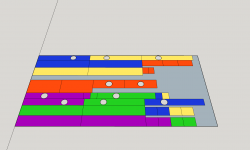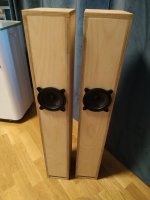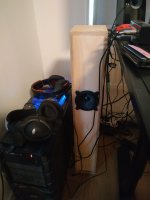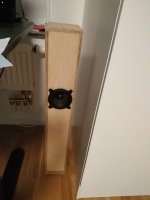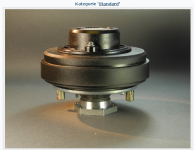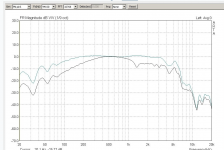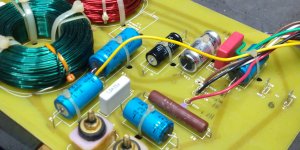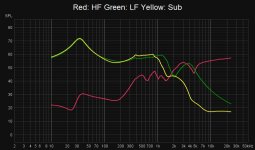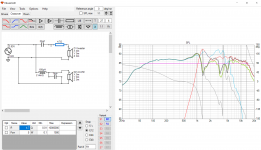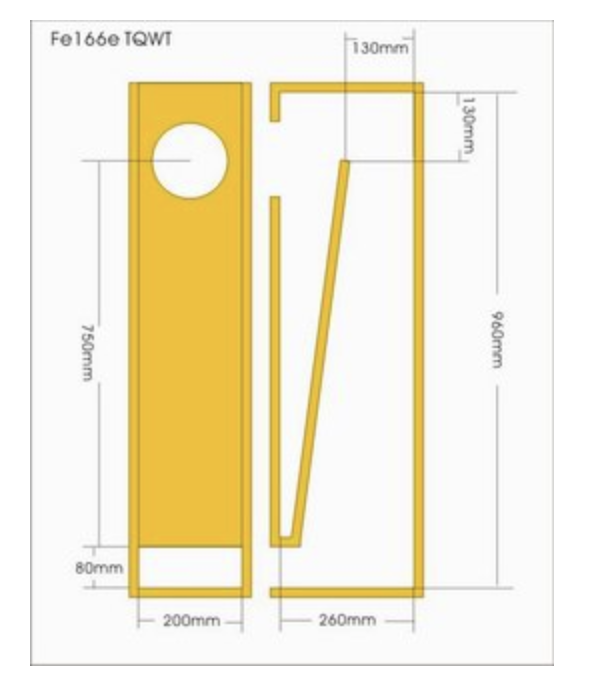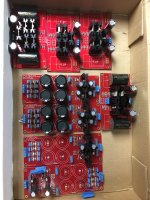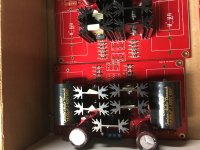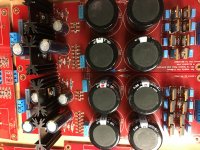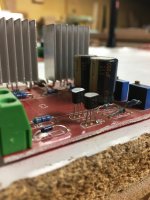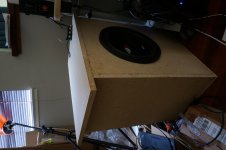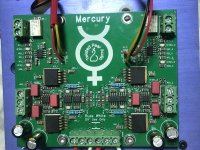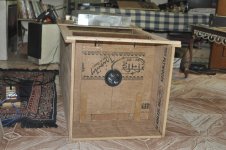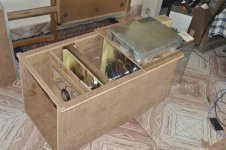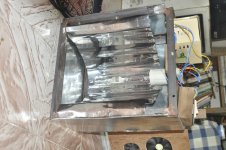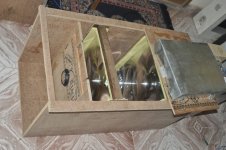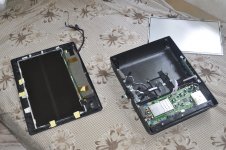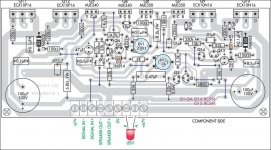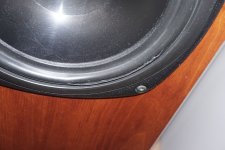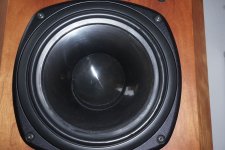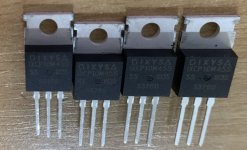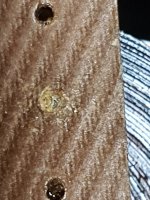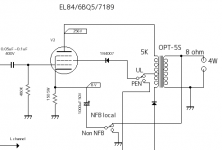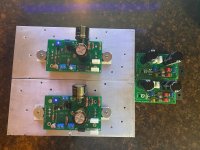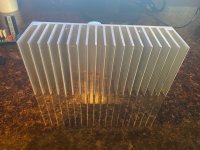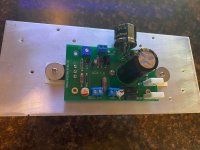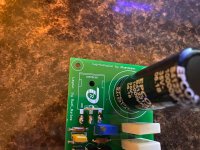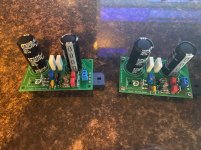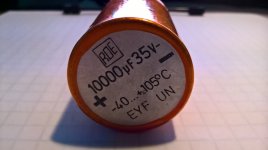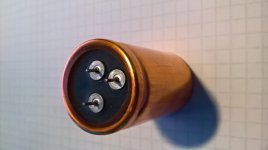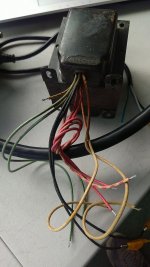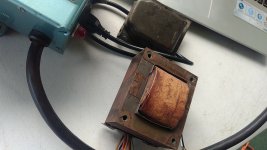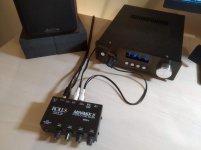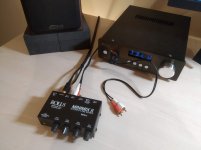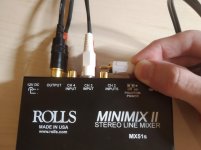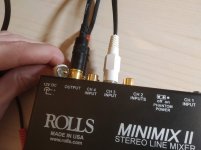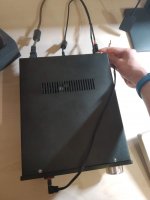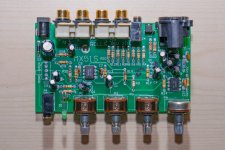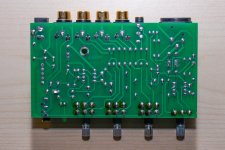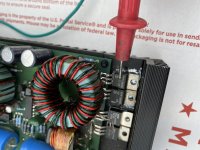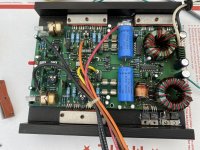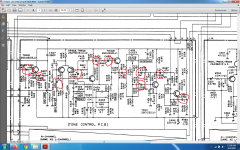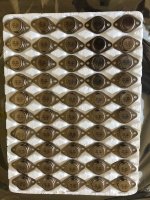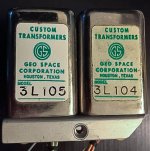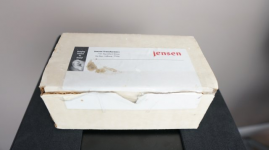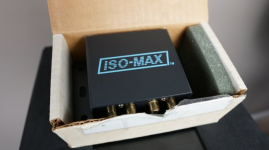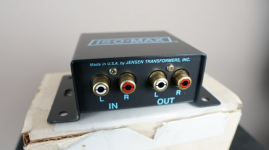Here is a basic faq I typed up. If you have any suggestions or parts to add on please do.
DIY LCD PROJECTOR FAQ
General Questions
Q: Isn't this the 100" TV thing I tried and the quality was horrible?
A: No, this is a completely concept the most common type people build use an overhead projector and a LCD panel.
Q: Why haven't the projector companies done this if it is so cheap?
A: They used to make these panels for several thousand dollars but people wanted portability so they started to make compact projection units. The ones that retail today for several thousand.
Q: How much is this going to cost to build?
A: It all depends on how much you want to spend but for a majority of people $200 is about the limit.
Q: How good is the quality on these projectors??
A: Depending on how you build it and parts used it can be as good as a rear projection TV or better.
Q: Right... are there any pictures of projections??
A: Here is one page that shows some ok projections it is hard to take pictures of projections.
http://www.justexportcontrols.co.uk/andrew/projector.htm
Q: So I can do HDTV??
A: No, panels that can do HDTV are still several thousand dollars.
Q: Can I hook my computer up to this?
A: Yes, many panels have computer input. Awesome for gaming.
🙂
Q: How dark does the room have to be?
A: The darker the room the better the image although with higher lumen projectors mild lighting can be used.
Q: How big of a picture can I project?
A: There are many variables here but lots of people project at 80" or more.
Q: What can I project my image onto?
A: Walls,bed sheets are some of the common screens but a real screen is quite a bit better.
Q: Can you give me the plans and tell me what to do so I can have a big screen projector?
A: Unfortunately it's not that simple peoples building level,funds,vicinity on deals and parts all vary from person to person. There is no master plan. But there are plenty of people on the forums that will help you out the best they can.
Q: Can I make my own DLP,laser,CRT,D-ila or other technology projector?
A: These types of projectors require much more work,knowledge,money,and time. We are simply making LCD projectors because they are the simplest to make.
LCD PANELS
Q: What is a projection panel?
A: A projection panel is much like a normal LCD panel that you see in a laptop with small changes that allow it to be projected. Such as the cables being moved out of the way and fans. This allows it to be put on top of an overhead and projected.
Q: Where can I get these projection panels?
A: The most common and most expensive place is on ebay. Others include normal auctions,universities or offices that are getting rid of them.
Q: How much does a projection panel cost?
A: You can get a decent panel for $100. More features will cost you more money. The best panels generally go for around $300.
Q: What makes one projection panel different from the next?
A: There are several factors involved:
Resolution: This is how many actual pixels are on the panel measured the same way a standard computer monitor is. Higher resolution will yield a better looking image while costing more. Typical resolutions are : 640*480,800*600,1024*768. There are some panels that offer resolutions higher then the "native resolution" this is sometimes called scaling or compression it is not as good as a panel that normally runs at that resolution.
Colors : Colors are the amount of color a panel can display. Generally measured in millions of colors or bits. More colors create a much better looking image. More colors will cost more.
Contrast ratio: This is a big one. This is how much range there is between a pixel on the panel being completely on or completely off. The higher the contrast ratio the better the image especially for white scenes and dark scenes.
Inputs: This is what kind of sources the panel takes. Most panels take VGA input while some have VGA and other connectors such as composite video and S-video. Composite and S-video are used for hooking a DVD player or other video source directly to the panel without the need for a computer.
For reviews on panels check the good panel / bad panel thread
here
Q: Can I use a laptop panel??
A: Unfortunately laptops use proprietary connectors and pin outs. You are not
going to find a pinout and hook it up directly to your desktop computer. Driver boards for these panels that allow connection for a regular computer range up into several hundred dollars.
Q: What about a desktop panel?
A: Most desktop panels are 14" unfortunately most projector beds are not this big. Desktop panels also have special ribbon cables which are very very fragile and some are not long enough to allow the panel to be used for projection. The only panel that we know of that allows is the viewsonic vg150 but even then several people have had serious problems with this panel's cable breaking from being flexed one too many times.
Overhead projectors
Q:What is an overhead projector?
A: Commonly seen in schools an overhead projector is a projector that takes a transparency and projects it onto a screen. The LCD is semi transparent which allows it to be projected.
Q: Where can you buy overhead projectors?
A: You can buy overhead projectors from thrift stores,garage sales,office stores (expensive) and ebay.
Q: What is the difference between models of overheads?
A:
Projection type: There are two different types of overhead projectors transmissive and reflective. Reflective type overheads will not work for LCD projection.
Lumens : Lumens is probably the biggest factor in buying an overhead 4 thousand lumens is generally considered the minimum lumens for a overhead more lumens means a brighter image and having more ambient light allowed.
Bulb : Most cheaper overhead projectors use halogen bulbs these are somewhat bright but do not produce the lumens or color tempature that metal halides do. Plus halogens run very hot. Premium overhead projectors use metal halide bulbs these bulbs run cooler,produce better color tempature, more lumens and last longer then halogens. But they also cost more per bulb and require a ballast to run. Some metal halide projectors produce as much as 10,000 lumens!

